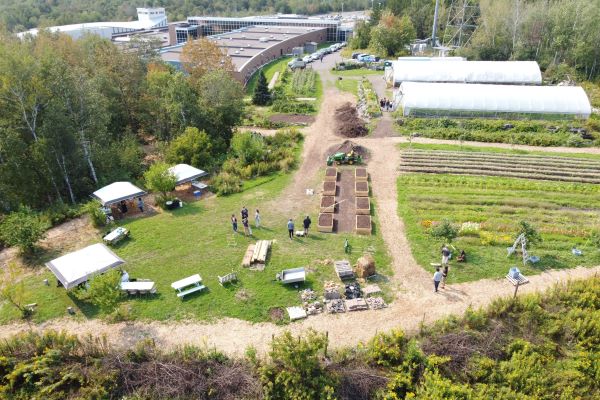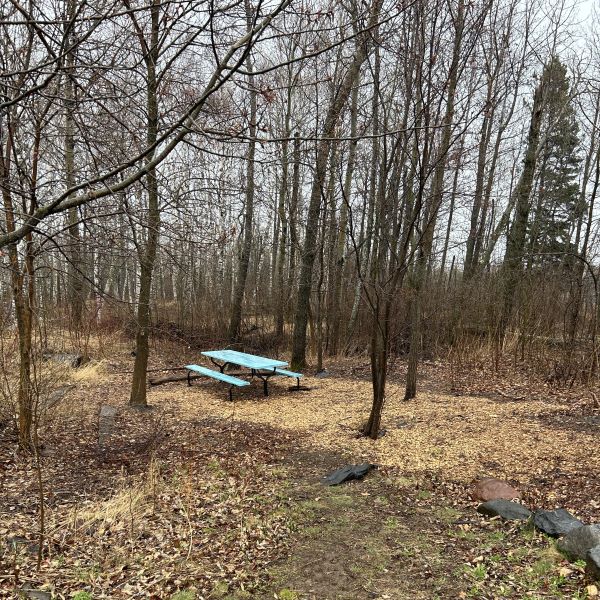
The 2024 farm season can be best described as a season of building. We have been working towards the dream of a highly productive farm with engaging opportunities for agricultural education, and for this we need a strong foundation of healthy soil and infrastructure.
Building soil
To develop the farm’s soil health, we built compost piles, reshaped our landscape to manage weeds, and planted cover crops.
During the season, we invested significant energy into bringing in compost (and alpaca manure!) and building our own compost piles. Compost-the recycled organic matter, like kitchen scraps or fall leaves, that has decomposed and returned to the soil-is rich in nutrition for plants and organic matter that enables the soil to hold water and nutrients. We also recycled all the weeds and spent crops into compost to return their nutrients to our fields.
We also dealt with a surplus of weeds throughout the summer months, a symptom of depleted, water-logged soil. To make a more hospitable growing environment for our crops next year, and a less desirable environment for weeds, we trenched paths between the beds and dug a drainage pipe into the lowest corner.
To further build the soil we also grew an abundance of cover crops, or plants grown for soil health rather than consumption by people. Plants like oats, buckwheat and clover are grown to build up soil organic matter, shield the soil from sun and erosion, hold moisture, and fix nitrogen from the air into a usable form in the soil. We are hopeful these efforts combined should result in healthy, nutrient dense soil for next year’s crops and a bountiful 2025 harvest.
Building paths and signs
This summer we also built smooth and accessible wood chip paths to ease farm work and the flow of visitors through the farm. We carved paths through our overgrown, buckthorn-infested forest to make the Forest Classroom, a wooded retreat from the sun for our youth groups and visitors. This work required volunteer groups to clear buckthorn by hand, tractor time to smooth and sculpt the forest loop path, and more staff and volunteer time to add wood chips to the paths.
Visiting youth groups also helped us build and paint dozens of signs for the farm. These attractive wooden signs will label field rows, crops, and infrastructure. The signs will help guide visitors through the farm and engage with our projects.

Wood chips create an oasis of shade
Building raised garden beds
Last, but certainly not least, with the help of volunteers, we built raised garden beds from locally sourced tamarack lumber, a wood highly resistant to rot. These garden beds will give us more accessible growing space. Raised beds can be easier for older adults and disabled people because they don’t have to bend over or crawl on the ground to garden. Raised beds also have good drainage and help with season extension as the sun is able to hit the sides of the bed and warm the soil.
Farm projects included laying down wood chips, tilling the soil, and building raised garden beds to create an overall more accessible farm experience for visitors
The farm team is looking forward to hitting the ground running with production and programming next season thanks to the strong foundation built this year. Thank you to everyone who visited and all our volunteers who have made this season possible!